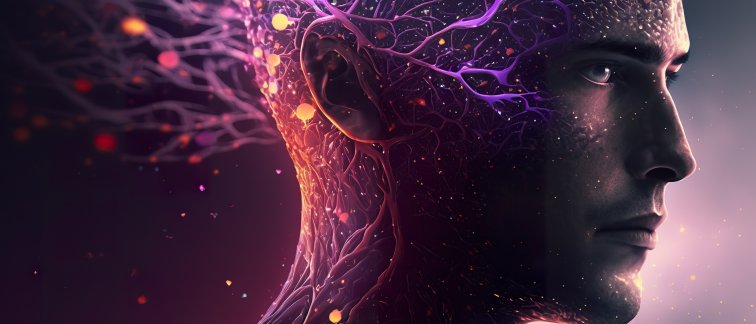Unlocking the secrets of human cognition
According to the neuroscientist, cell attributes likely play a crucial role in human cognition. His research showed the presence of more complex antennas in brain cells of individuals with high IQ scores, enabling enhanced signal reception, transformation, and transmission. Moreover, Wilbers discovered that some type of brain cells in humans process information more rapidly than the same type of brain cells in mice. These observations, combined with the larger human brain size, could help explain why humans possess unique cognitive abilities.

Deeper understanding of the fundamentals of cognition
Cognition is the ability to knowledge processing, perception, thinking, memory, and concentration. The work of Wilbers could contribute to deeper understanding of the fundamentals of cognition. Furthermore, these findings may serve as a valuable resource for scientists investigating the impact of cognitive regression in conditions such as dementia.
Live brain tissue under the microscope
To perform his groundbreaking research, Wilbers used live brain tissue from a patient undergoing surgery at Amsterdam UMC. In cases where deep-seated tumors or epileptic foci are operated to reduce symptoms, surgeons have to remove a small portion of healthy tissue, which can not be placed back afterwards. “With permission of the patient we were allowed to use this brain tissue in our research. This proved as pivotal with millions of brain cells that we could keep alive for about 24 hours to study under the microscope and measure the electrical currents with electrodes. Additionally, detailed computer modeling was employed to make predictions based on these observations,” the neuroscientist explains.

